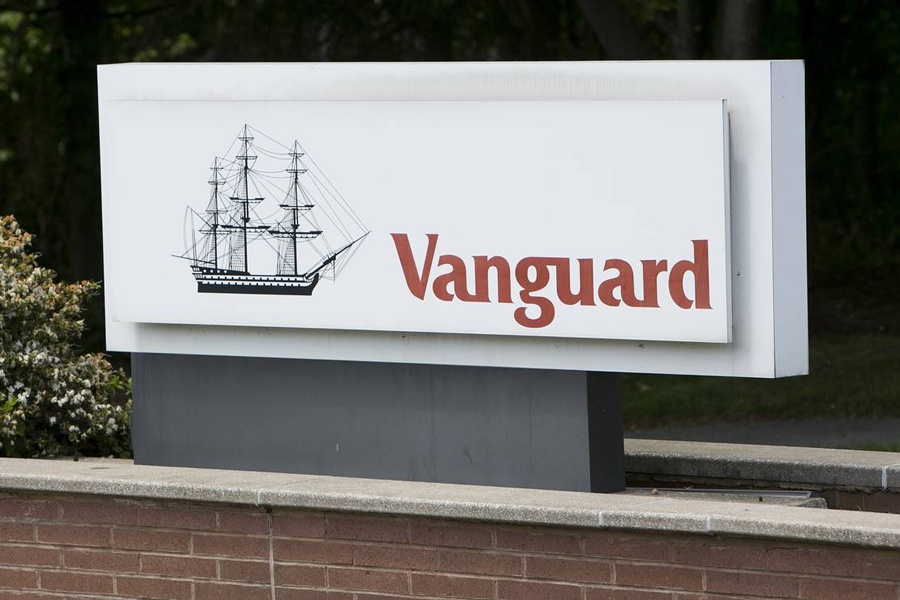

In a move to make transferring 401(k) plan assets easier when an employee changes jobs, Vanguard is introducing an automated portability service for sponsor clients and their plan participants. The service is expected to launch in mid-2022, the company said in a release.
Vanguard said it has engaged Retirement Clearinghouse, a provider of plan consolidation services, to create the solution, which will automate the movement of an employee’s 401(k) account from their former employer’s plan into an active account with their current employer’s plan.
“Together with RCH, we aim to help the most vulnerable plan participants combine their retirement assets, capture the vast benefits of a 401(k) plan, and enhance their overall financial well-being,” John James, managing director and head of Vanguard’s institutional investor group, said in the release.
Vanguard said 401(k) participants with smaller balances often fail to roll over their retirement savings into their new company's plan or tax-advantaged vehicles after changing jobs.
When a participant leaves a job with less than $5,000 in their 401(k), employers can transfer small-balance accounts out of the plan and into a Safe Harbor IRA, where fees can be higher. Vanguard said this can result in a proliferation of stranded Safe Harbor IRAs, participant cash-outs and the forfeiture of future savings and returns.

A Texas-based bank selects Raymond James for a $605 million program, while an OSJ with Osaic lures a storied institution in Ohio from LPL.

The Treasury Secretary's suggestion that Trump Savings Accounts could be used as a "backdoor" drew sharp criticisms from AARP and Democratic lawmakers.

Changes in legislation or additional laws historically have created opportunities for the alternative investment marketplace to expand.

Wealth managers highlight strategies for clients trying to retire before 65 without running out of money.

Shares of the online brokerage jumped as it reported a surge in trading, counting crypto transactions, though analysts remained largely unmoved.
Orion's Tom Wilson on delivering coordinated, high-touch service in a world where returns alone no longer set you apart.
Barely a decade old, registered index-linked annuities have quickly surged in popularity, thanks to their unique blend of protection and growth potential—an appealing option for investors looking to chart a steadier course through today's choppy market waters, says Myles Lambert, Brighthouse Financial.
